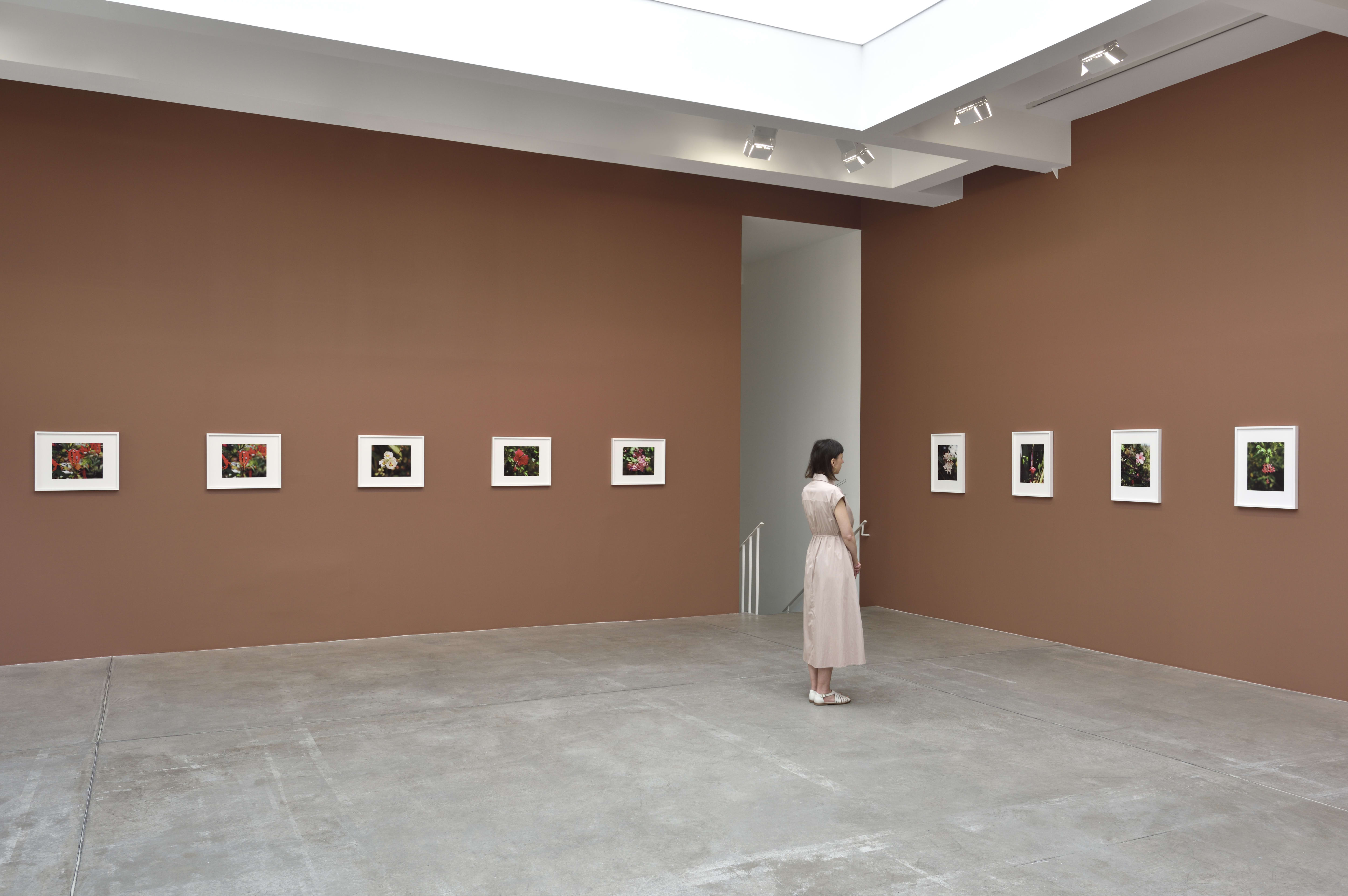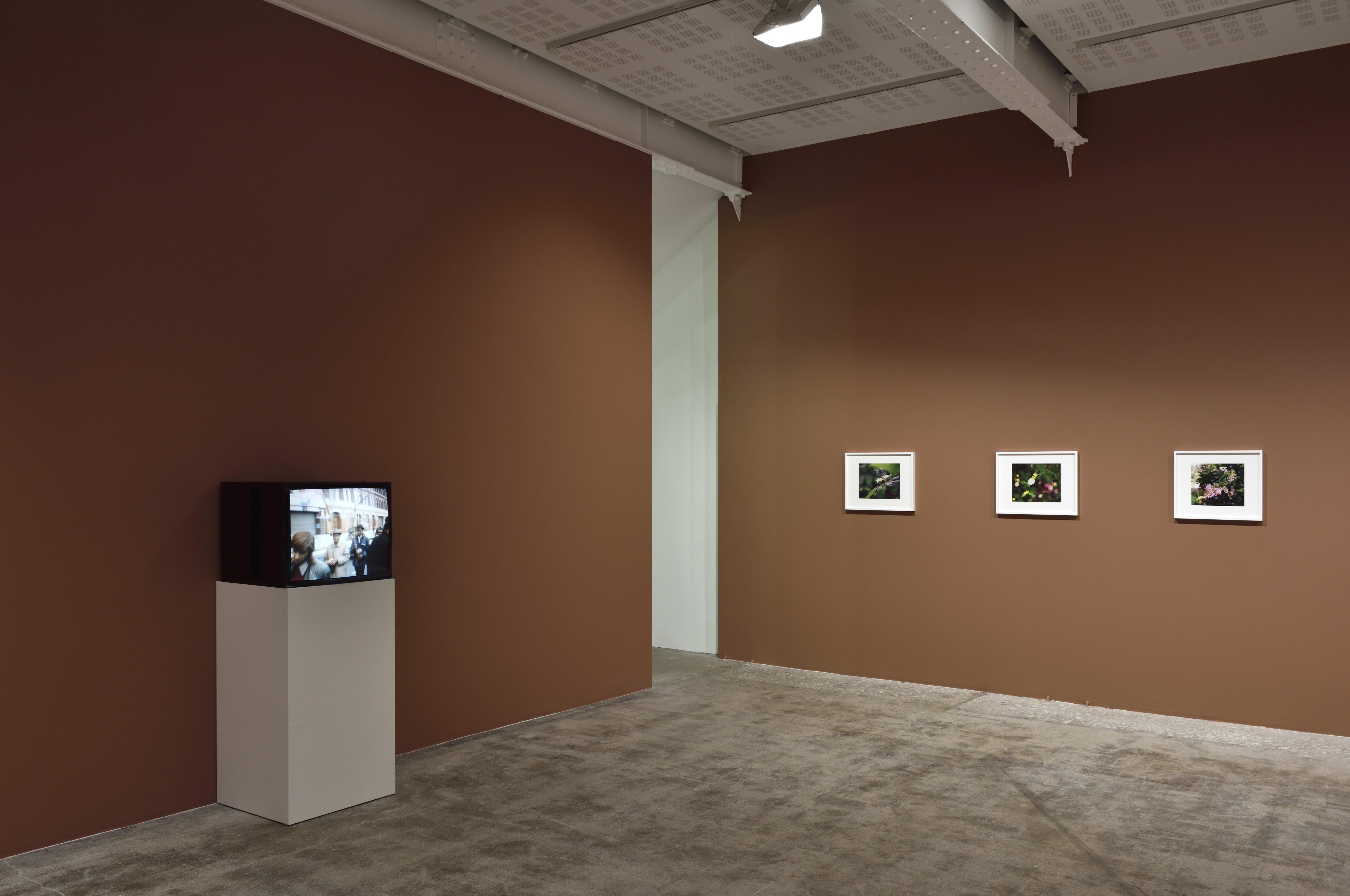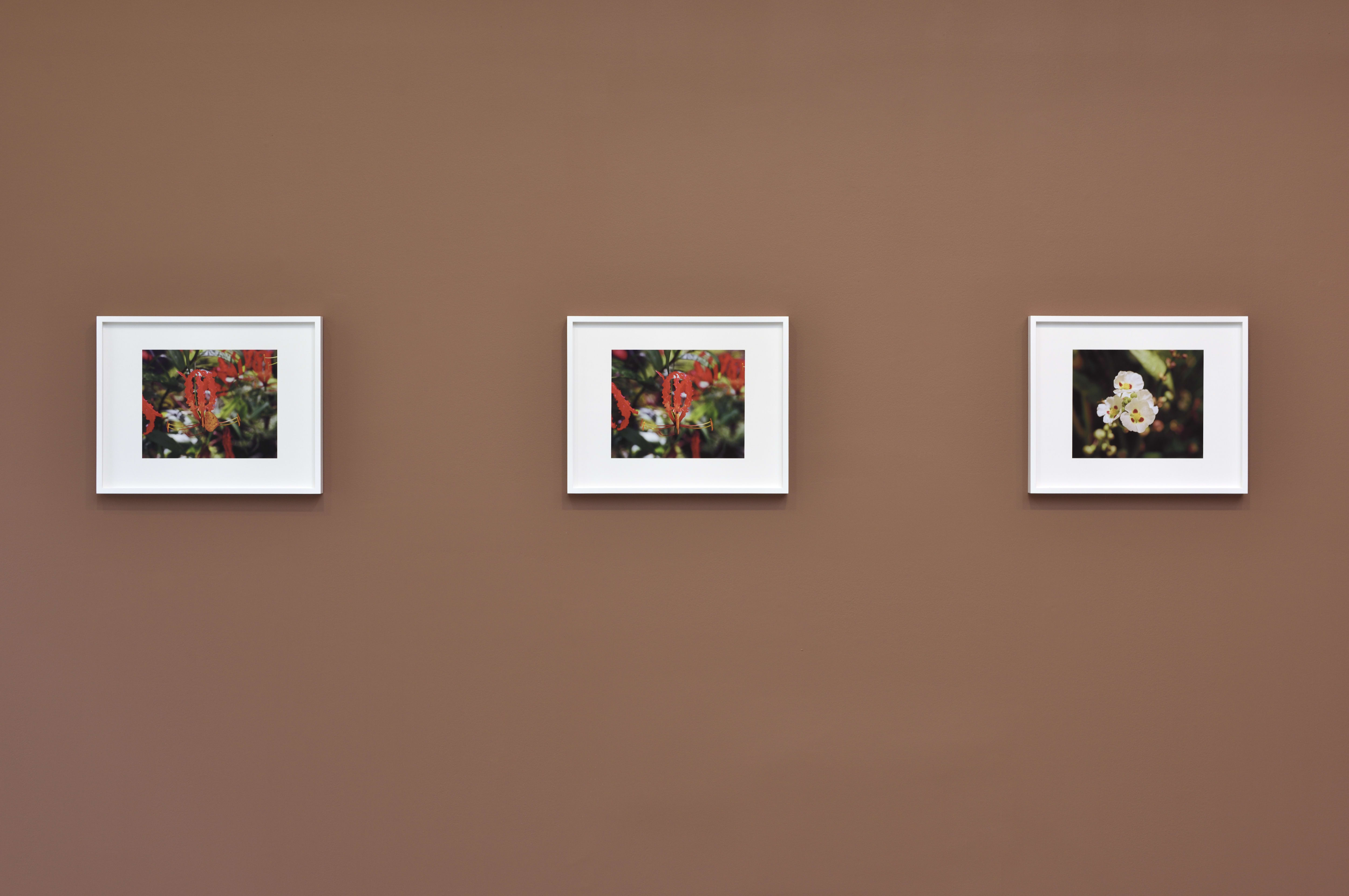Steve MᶜQueen: Bounty
24 May - 25 July 2025
Steve McQueen and Hans Ulrich Obrist in conversation: Saturday, 21 June at 4 pm
Steve McQueen and Hans Ulrich Obrist
Marian Goodman Gallery is pleased to present Bounty, Steve McQueen's first solo exhibition in France since 2016. One of the most influential artists of his generation and an internationally acclaimed filmmaker, McQueen is known for his inventive dissemination of social constructs, often addressing painful and overlooked histories through projected images and sound. Bounty, a series of 47 photographs capturing the vivid beauty of flowers native to the Caribbean Island of Grenada, makes its European debut following its presentation at Dia Chelsea in New York. Through this verdant imagery, McQueen offers more than a study of nature: he presents a meditation on history, West Indian heritage, and resilience. A new work will be presented alongside Bounty.
Bounty is not McQueen’s first work created in Grenada, his parents’ country of origin; two earlier video installations, Carib’s Leap (2002) and Ashes (2016), each subsequent results of his travels there, juxtapose idyllic scenes with tragic narratives. While Carib’s Leap is a poignant homage to the island’s indigenous people who in 1651 once chose death over surrendering to the invading French, Ashes commemorates the life of a young man, murdered at 25 at the hands of drug dealers. These works challenge the postcard-perfect imagery often associated with the Caribbean, subtly suggesting that beauty and violence, life and death, have always coexisted on the island.
With Bounty, McQueen continues this exploration through a similarly evocative approach. At first glance, the 47 photographs on view present vibrant, colorful and tropical flora, such as yellow hibiscus, West Indian jasmine and pink ginger lily, reminiscent of the tradition of floral representations in art history. Yet beneath the surface of this inflorescence lies a deeper, more painful truth. These plants have silently witnessed the island’s tragic past: the disappearance of its indigenous people and the cruel history of colonization, marked by the deportation and enslavement of Africans under French and British rule over the course of several centuries.
“What has been constant in the landscape is the beauty of the flowers. These plants have been a marvel in a landscape traumatized by colonialism and slavery,” explains McQueen who sees these flowers “as flesh wounds, as hurt, as pain.” In McQueen’s eyes, the contrast between nature's splendor and history's brutality reveals a disturbing paradox: “Sometimes the most horrible things happen in the most beautiful places; it’s perverse.” This contradiction is further pronounced by the title of the series, with Bounty referring both to nature’s abundance and to the reward once paid for capturing or killing enslaved people.
Through each flower’s concealed encapsulation of untold stories, hopes and sufferings, McQueen pays tribute to generations of the West Indies’s inhabitants. Here, evergrowing florals simultaneously symbolize acts of remembrance and resilience. The intensity of the series comes not only from this historical evocation but also from the intricate details of the installation, in which prints are arranged in one continuous line across the gallery’s Sienna red-painted walls. McQueen’s close attention to the viewer’s experience is a constant in his practice, each of his presentations is conceived as a transformative journey, prompting reflection on how one’s gaze changes between entering and leaving the exhibition space.
As cultural studies scholar Paul Gilroy notes in a recent essay: “Steve McQueen’s art has frequently confounded the human sensorium. His restless reorientation of visual perception has involved inventing new angles from which to examine the human body and the world. He has sought perspectives to defamiliarize the eyes’ interpretative habits, interrogating its 'peculiar disposition’ to perceive the world in racializing ways. The quest for unprecedented ways to see and thus to know, is unrelenting.” (Paul Gilroy, “For a Low-end Theory of Black Atlantic Cymatics” in Steve McQueen, Bass, published by Laurenz Foundation, Schaulager Basel and Dia Art Foundation, 2024.)
A conversation between McQueen and Hans Ulrich Obrist, Artistic Director, Serpentine Galleries, London, will be held at the gallery on Saturday, 21 June at 4 pm. Admission is free, subject to availability and advance booking.
Awarded the Turner Prize in 1999 and the 2024 Rolf Schock Prize in Visual Arts, Steve MᶜQueen (1969 - ) has had his artwork presented at some of the most significant venues and museums around the world. His work has been featured in Documenta (1997 and 2002). He represented Great Britain at the 53rd Venice Biennale in 2009 and was selected several times for the Venice Biennale (2003, 2007, 2013, and 2015). A co-commission by Dia Art Foundation and Laurenz Foundation, Schaulager, Bass (2024) is an immersive, site-responsive installation consisting of shifting spectrums of light in concert with sound inspired in part by the hybrid musical idiom that resulted from the transatlantic slave trade, on view at Dia Beacon until 26 May 2025, that will continue onwards with a custom presentation at Schaulager, Basel from 15 June to 16 November 2025. A concurrent presentation of Sunshine State is currently on view at Dia Chelsea in New York until 19 July 2025. Resistance, a show conceived by McQueen that chronicles a century of British protest through photography, is on view through 1 June 2025 at Turner Contemporary, Margate (UK), before traveling to the National Galleries Scotland: Modern Two, Edinburgh, from 21 June 2025 to 4 January 2026.
Solo exhibitions of his work have been held at the Art Institute of Chicago (2002, 2009, 2012, 2017); Schaulager, Basel (2012-2013); Whitworth Art Gallery, Manchester (2017); The Museum of Modern Art, New York (2017); Institute of Contemporary Art, Boston (2017). In 2019 he presented YEAR 3 at Tate Britain and had a major solo exhibition at Tate Modern in 2020, which toured to Pirelli HangarBicocca, Milan, in 2022. In 2023, Grenfell, a film made in response to the tragic fire that took place at Grenfell Tower, was presented at the Serpentine South Gallery, London. A national tour of Grenfell (2025-2027) is currently in progress in public art galleries in six major cities across England, Scotland, Wales and Northern Ireland.


